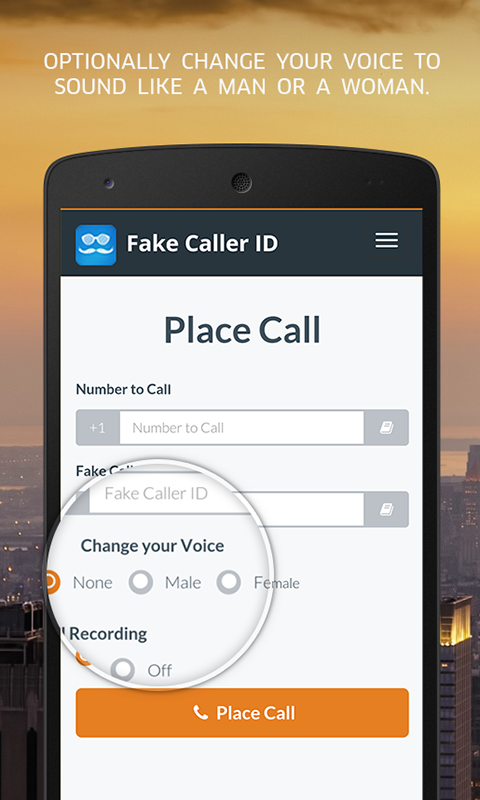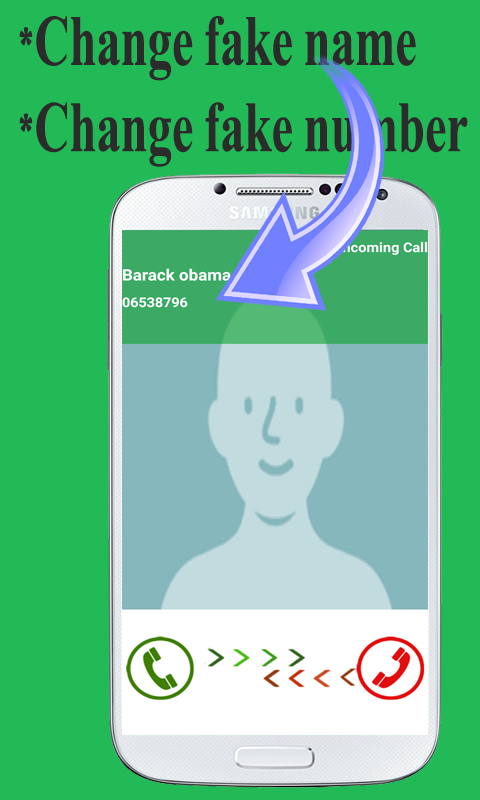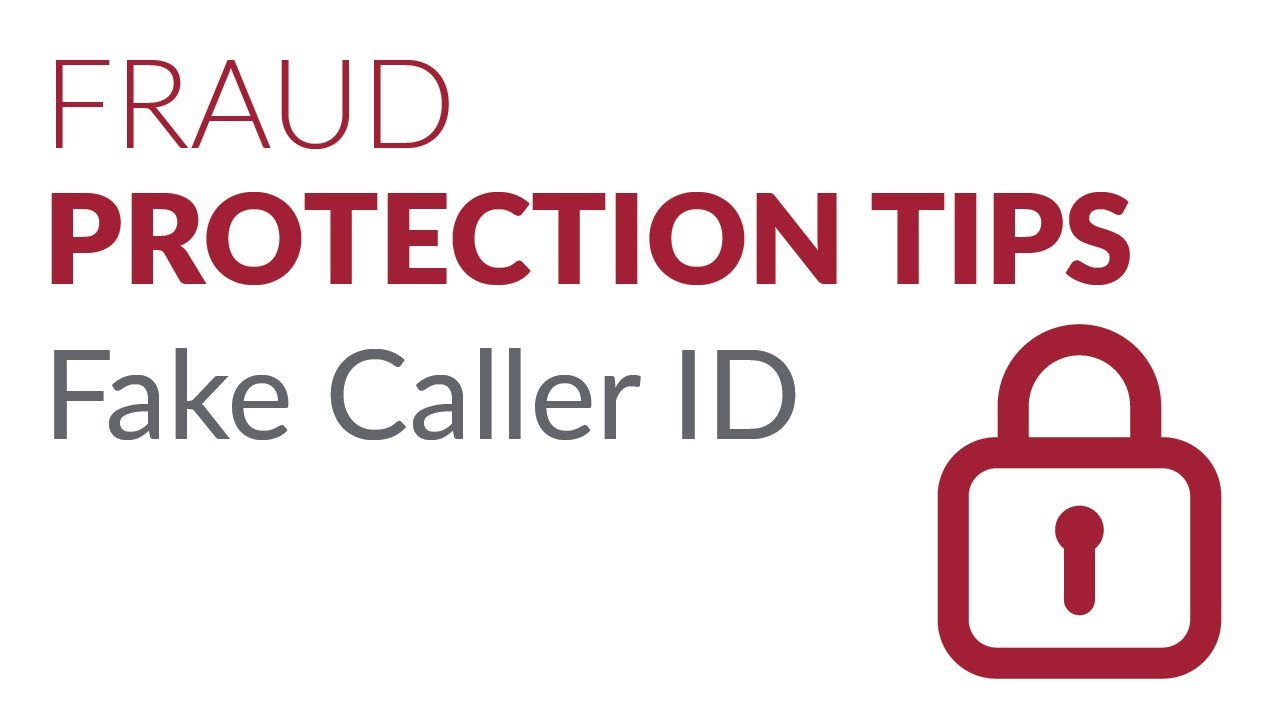Fake Caller Id
2024-02-11 2024-02-11 18:34Fake Caller Id

Fake Caller Id
Fake Driver License Belgium
Fake Driver License Ukraine
Fake Passport Canada
Fake Passport Lietuva
Title: The Rising Concern of Fake Caller IDs: Unveiling the Hidden Consequences
Introduction:
In the digital age, where communication is predominantly facilitated through smartphones and landlines, caller identification (caller ID) acts as a crucial tool for identifying incoming calls. It allows individuals to determine who is calling before answering, providing a sense of security and control over their interactions. However, with the advent of technology comes the unfortunate rise of fake caller IDs. This article aims to shed light on the implications and consequences of this concerning trend, highlighting the need for increased awareness and protective measures.
1. Understanding Fake Caller IDs:
1.1 The Basics of Caller Identification:
Caller identification is a feature that displays the caller’s name, number, and sometimes additional information on the recipient’s device. This information is transmitted through signaling systems and databases, providing crucial information for call screening and recognition.
1.2 Introduction to Fake Caller IDs:
Fake caller IDs involve the manipulation of caller identification information, misleading recipients into believing that the call is originating from a different number or entity. Perpetrators utilize various technological means to mask their real identities, often impersonating trusted organizations or individuals.
2. Motives Behind Fake Caller IDs:
2.1 Phone Scams and Fraud:
One of the primary reasons behind fake caller IDs is to perpetrate different forms of scams and fraud. Fraudsters employ social engineering techniques to deceive individuals into providing sensitive information, such as financial details or personal identifiers.
2.2 Phishing Attacks and Identity Theft:
Fake caller IDs are commonly used in conjunction with phishing attacks, where perpetrators aim to extract confidential information from unsuspecting victims. This can lead to identity theft and significant financial losses.
3. The Consequences of Fake Caller IDs:
3.1 Financial Ramifications:
For victims of phone scams or identity theft facilitated through fake caller IDs, the consequences can be financially devastating. Cleaning up credit reports, dealing with fraudulent charges, and recovering stolen funds can be complex and time-consuming.
3.2 Emotional Toll:
Victims of phone scams often experience emotional distress, embarrassment, and a sense of violation due to the invasion of their privacy. Rebuilding trust and sense of security can also be challenging.
4. Regulatory Efforts and Legal Framework:
4.1 Caller ID Spoofing Laws:
Various countries have implemented laws and regulations to combat fake caller IDs and the associated fraudulent activities. These laws aim to hold individuals accountable for spoofing caller identification, imposing penalties for non-compliance.
4.2 Communication Service Provider Responsibility:
Telecom companies and service providers play a crucial role in combating fake caller IDs. They must implement robust security measures and collaborate with law enforcement agencies to identify and mitigate fraudulent activities.
5. Raising Awareness and Protective Measures:
5.1 Educating the Public:
Raising awareness about the dangers of fake caller IDs is key to combating this phenomenon. Public campaigns, media coverage, and educational initiatives can inform individuals about typical scam tactics, enabling them to make informed decisions and avoid falling victim.
5.2 Caller ID Authentication:
Improving caller ID authentication protocols is essential to address the vulnerability that allows perpetrators to manipulate this crucial system. Implementing stricter verification measures during call setup can help enhance call authenticity.
5.3 Utilizing Call Blocking and Filtering Tools:
Call-blocking applications and services that utilize advanced algorithms can help identify and automatically block suspected fraudulent calls. These tools sift through databases of known scam numbers, enabling users to have greater control over incoming calls.
Conclusion:
Fake caller IDs have emerged as a significant concern in today’s digital landscape, with potentially devastating consequences for unsuspecting individuals. By understanding the motives behind fake caller IDs, the associated consequences, and the efforts being made to combat this trend, individuals can better protect themselves from falling victim to phone scams and fraud. Increased awareness, regulatory measures, and technological advancements that enhance caller ID authentication are fundamental to stemming the tide of fake caller IDs and ensuring safer communication channels for everyone.















